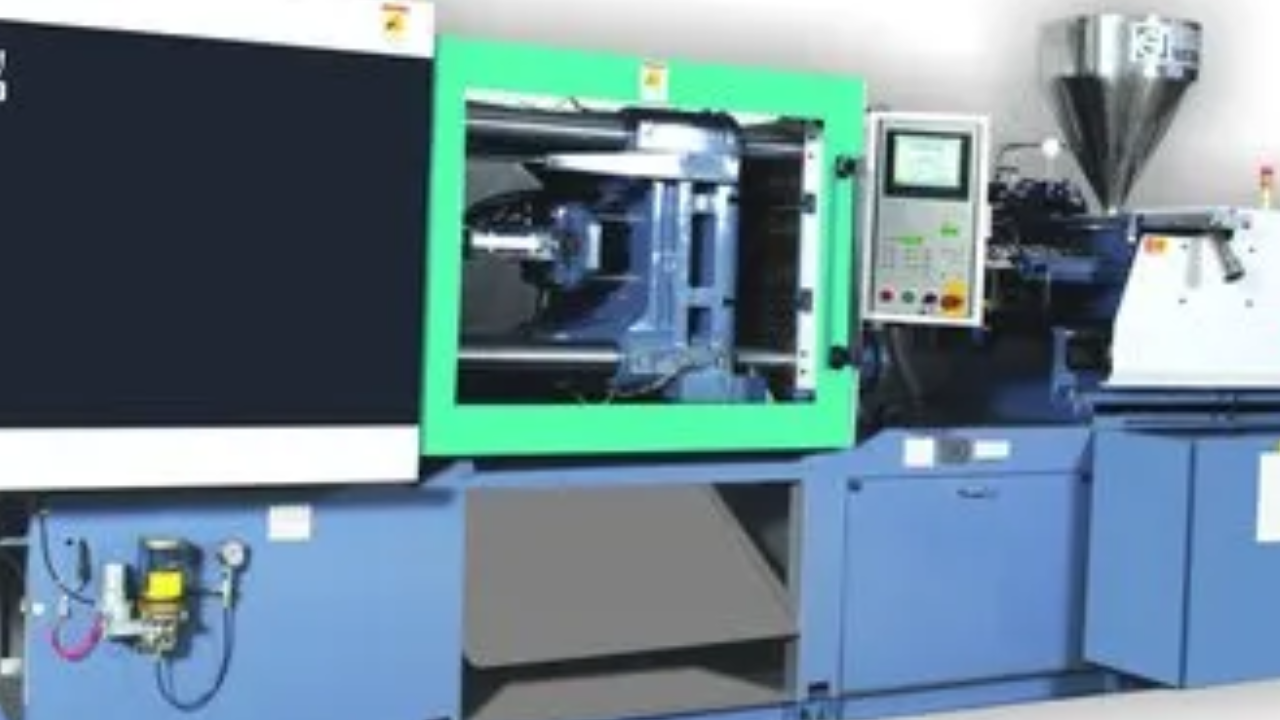A versatile meeting device that is typically used to create plastic additives is a horizontal plastic injection molding device. In this machine, the mold is horizontally aligned, allowing gravity to help inside the injection technique, ensuring even distribution of the molten plastic. The horizontal orientation also allows clean removal of the molded parts.
Those machines encompass a hopper, a heating unit, and a screw mechanism that melts and injects the plastic right into a mould cavity below excessive strain. The key blessings of Horizontal plastic injection molding machine include their capacity to provide complex and unique additives at high volumes, their efficiency in automation integration, and their relatively lower operational prices in comparison to vertical machines.
Differences Between Horizontal and Vertical Injection Molding Machines
Horizontal and vertical injection molding machines differ commonly in their configuration, orientation, and usage. Here’s a detailed comparison:
Configuration and Orientation
Horizontal injection molding has a flat-shaped bracing framework, where the injection unit and the clipping unit are organized evenly along the machine’s pivot. The buildup parts are put on a level plane in the machine, considering simple get right of passage at a few phases in mold adjustments and preservation. In correlation, vertical injection molding machines have a vertical form cinching framework, with the infusion unit put vertically over the mold. The shape parts are organized vertically, with the most reduced half fixed to the machine base and the zenith half connected to a versatile platen.
Footprint and Space Efficiency
Horizontal machines generally have a bigger footprint as compared to vertical machines due to their horizontal format. They require a greater floor area for installation and operation. Vertical machines are greater space-green, making them best for facilities with constrained floor areas. Their vertical design lets in for a smaller footprint while nonetheless presenting enough operating area across the machine.
Clamping Force and Capacity
Horizontal machines commonly offer higher clamping forces and large shot capacities compared to vertical machines. This makes them appropriate for molding larger and extra complex parts that require higher force and larger injection volumes. Vertical machines are highly acceptable for molding smaller and simpler components with lower clamping forces and shot capacities. They are frequently used for over-molding, insert molding, and molding components with difficult geometries.
Insert Molding and Overmolding
Vertical injection molding machines excel at insert molding and over-molding applications. Their vertical configuration allows for gravity-assisted insert placement and over-molding of pre-molded components. Horizontal machines can also carry out insert molding and over-molding but may additionally require additional automation or manual intervention for part placement and management.
Accessibility and Ergonomics
Horizontal machines offer higher accessibility to the mildew hollow space and injection unit, making them simpler to install, function, and maintain. Mold changes and preservation tasks may be done more efficiently because of the system’s horizontal orientation.
Vertical machines may additionally pose challenges in having access to the mildew hollow space and injection unit, particularly for large molds. However, their compact design may be high-quality in certain programs wherein space is limited.
Production Efficiency and Automation
Horizontal machines are well-ideal for high-volume production runs due to their larger shot capacities and faster cycle instances. They may be easily integrated into automated manufacturing traces for continuous operation.
Vertical machines offer flexibility and versatility, making them suitable for low to medium-extent production with common mold adjustments. They’re frequently utilized in custom molding applications and prototyping wherein rapid tooling changes are required.
Remarks
Horizontal injection molding machines are preferred for excessive-extent production of larger components, imparting better-clamping forces and large shot capacities. Vertical machines, alternatively, are greater area-efficient and versatile, excelling in insert molding, over-molding, and low to medium-extent production of smaller components. The selection between horizontal and vertical machines depends on elements together with the size and complexity of the elements, to be had ground area, production volume, and particular molding requirements.


